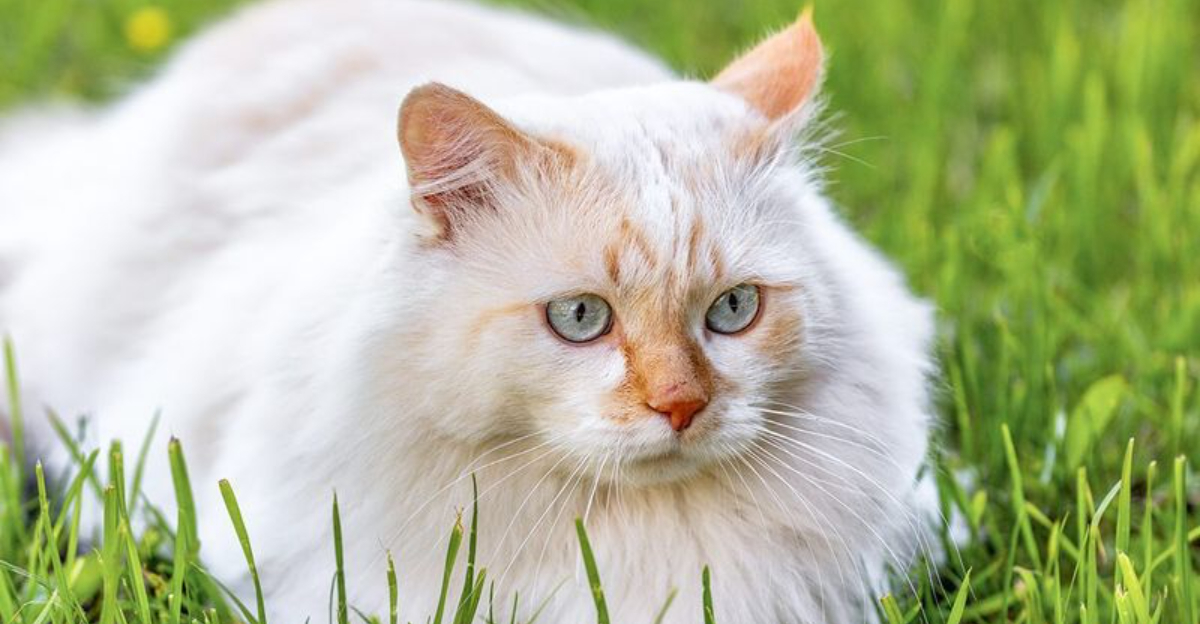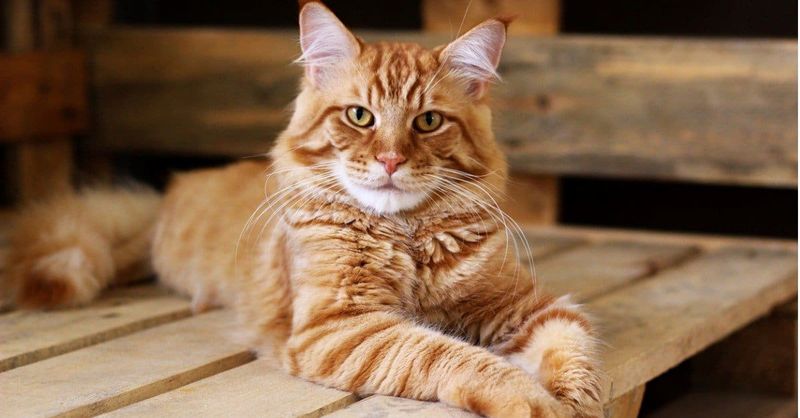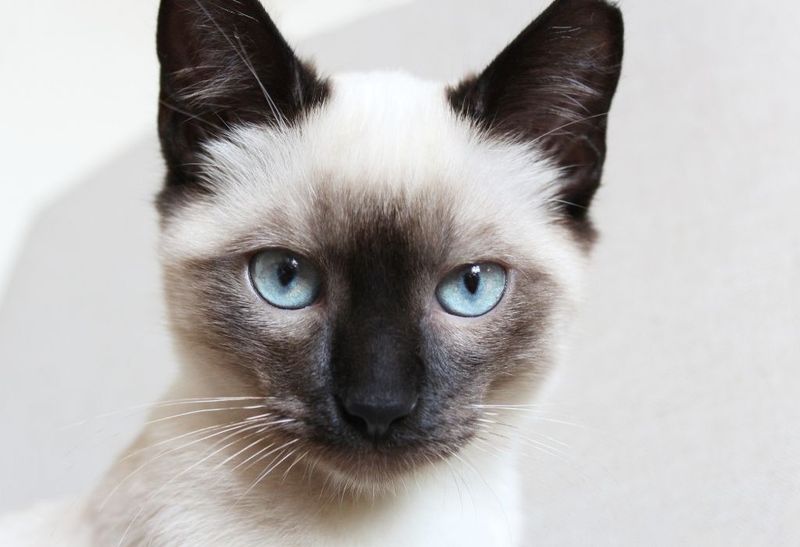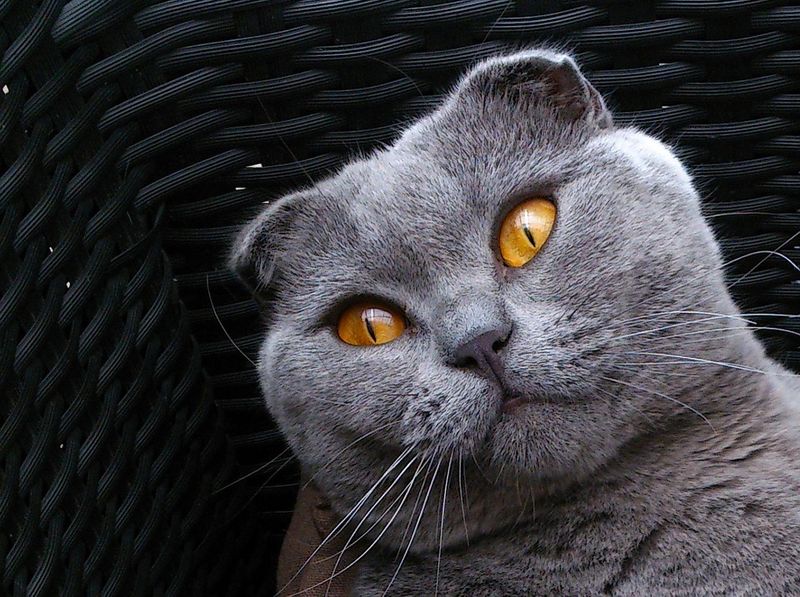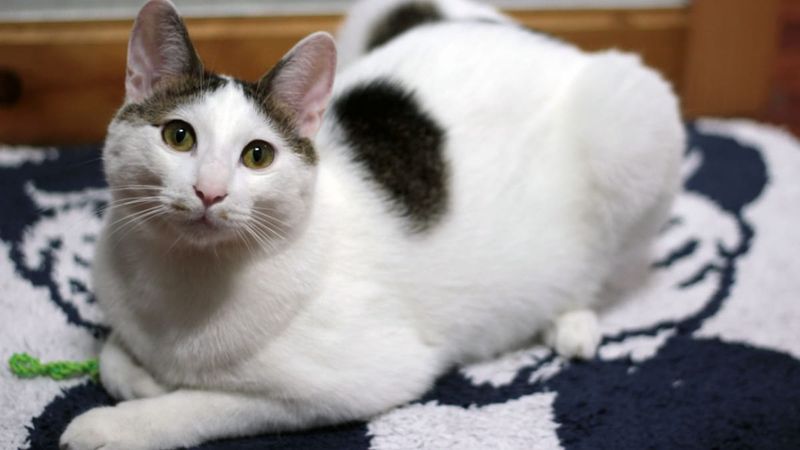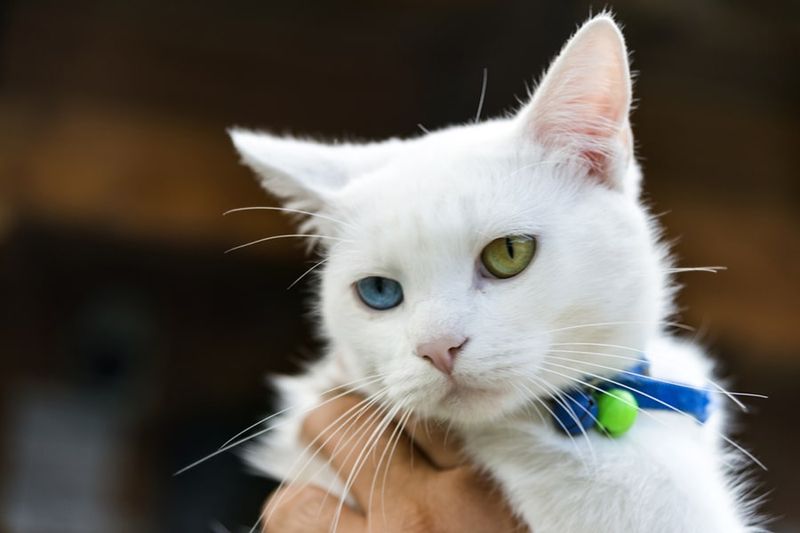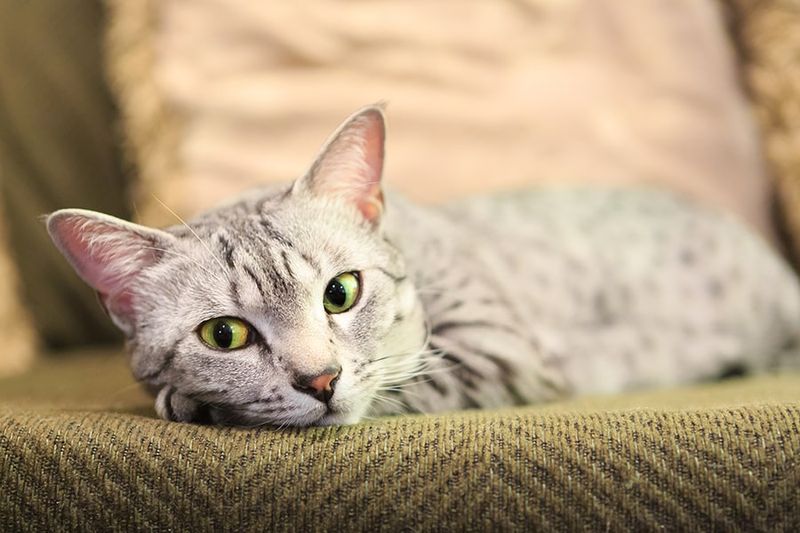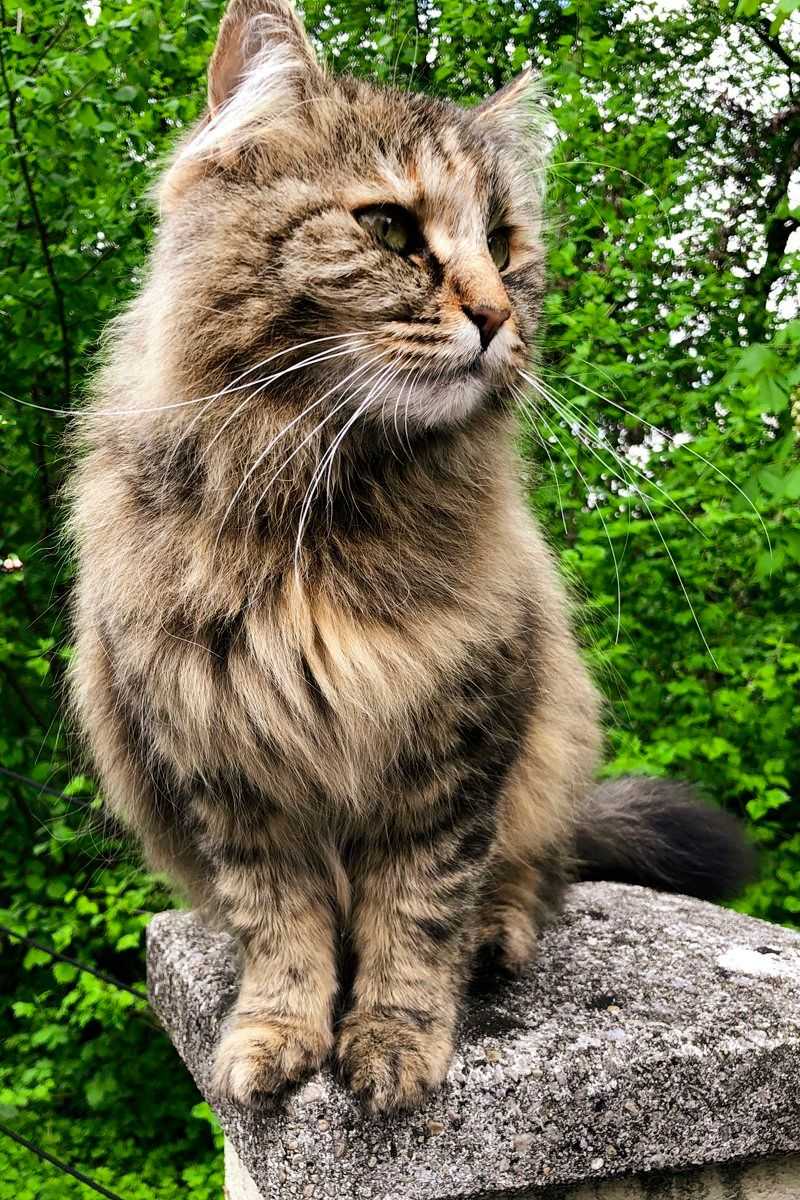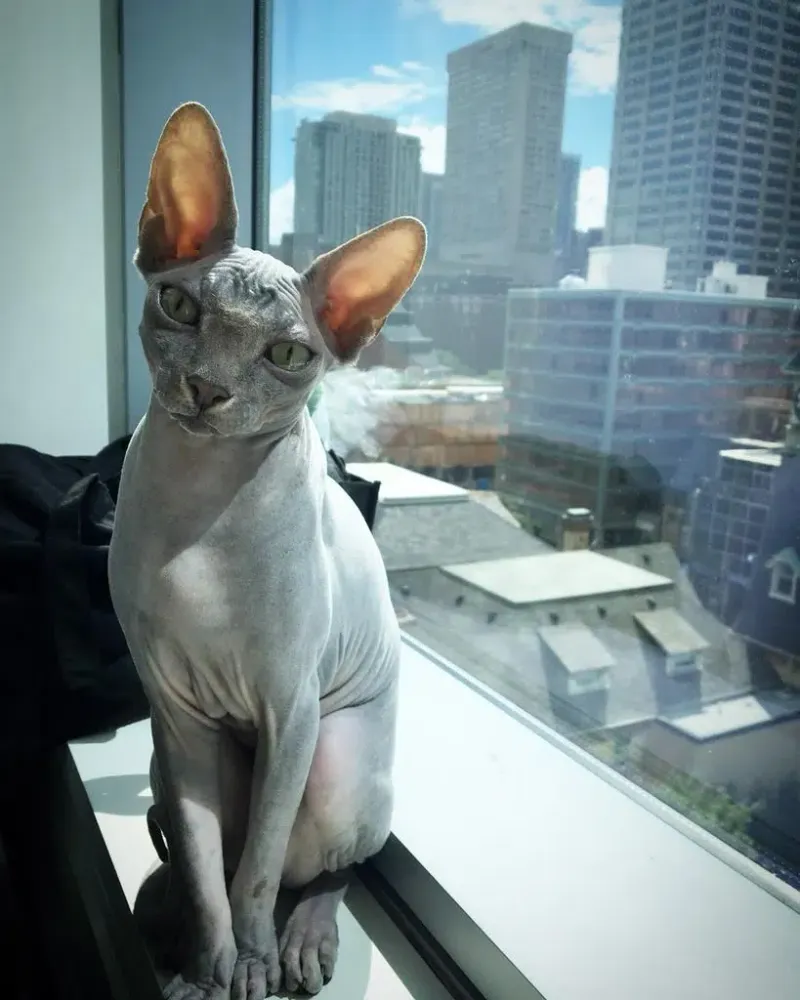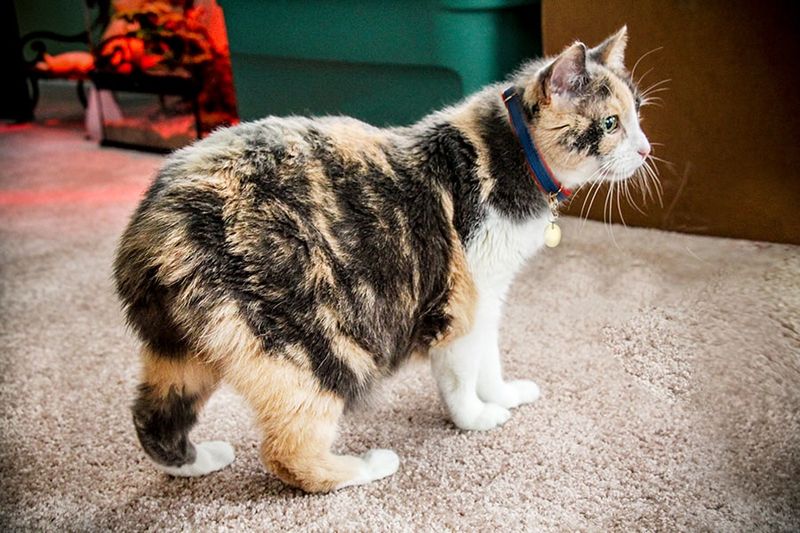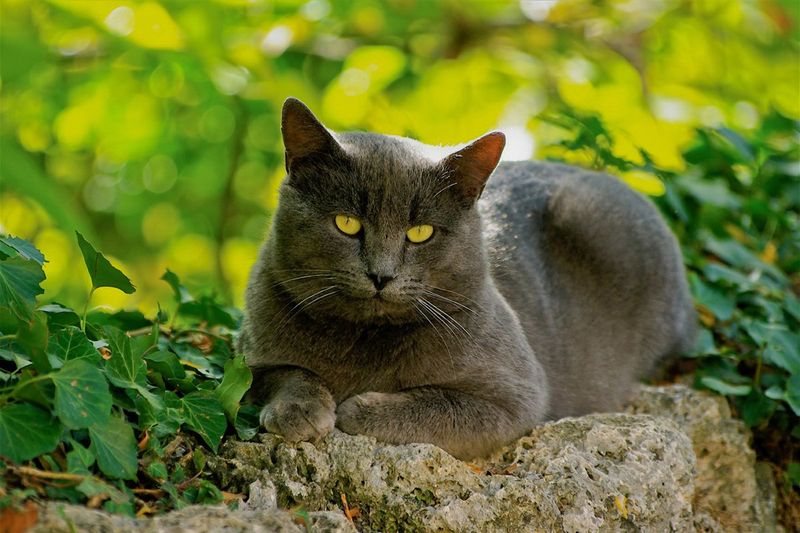📖 Table of Content:
Cats have shared a close bond with humans for thousands of years, resulting in the emergence of numerous distinct breeds worldwide. Each breed carries a rich history shaped by natural adaptation, selective breeding, or unexpected circumstances. These factors have contributed to the incredible diversity seen in feline appearances today.
Throughout history, cats have inhabited a wide range of environments, from regal palaces to humble fishing communities. Their physical and behavioral traits often reflect the specific challenges and opportunities presented by these varied settings. Such adaptations have enabled cats to flourish alongside human societies in many different regions.
The fascinating origins of these breeds reveal much about the relationship between humans and animals. Understanding how different breeds came to be offers insight into cultural practices and environmental influences. The stories behind each breed add depth to the appreciation of their unique characteristics.
1. Maine Coon
America’s gentle giant emerged from the harsh New England wilderness. Local legends claim Maine Coons resulted from matings between domestic cats and raccoons – biologically impossible but explaining their bushy tails and tufted ears. The truth involves ships docking in colonial ports, where long-haired cats from overseas found themselves in America’s northeast. Natural selection favored large bodies, tufted paws, and water-resistant fur for surviving harsh winters. Farm families prized these cats for their exceptional mousing skills. By the late 1800s, Maine Coons were showcased at early cat shows in Boston and New York before nearly disappearing when exotic breeds arrived from overseas.
2. Siamese
Royal treasures of ancient Siam (modern Thailand), these cats guarded Buddhist temples and lived in palaces. Their distinctive color points result from a temperature-sensitive enzyme that darkens fur in cooler areas of the body – extremities like paws, ears, and tails. King Chulalongkorn of Siam gifted pairs to European diplomats in the 1800s, introducing them to the Western world. The cats quickly captured attention with their striking blue eyes and vocal personalities. Traditional Siamese had crossed eyes and kinked tails, traits deliberately bred out in modern specimens. These features stemmed from centuries of isolation and breeding within the royal compounds where they were considered sacred guardians of royal souls.
3. Scottish Fold
A genetic accident created one of today’s most recognizable breeds. In 1961, shepherd William Ross spotted an unusual white barn cat named Susie with folded ears on a farm near Coupar Angus, Scotland. This natural mutation affected the cartilage throughout her body, causing her ears to fold forward and downward. Ross adopted one of Susie’s kittens and began a breeding program. Scientists later discovered the fold resulted from a dominant gene affecting cartilage development. Controversy surrounds the breed because homozygous folds (inheriting the gene from both parents) develop painful skeletal abnormalities. Responsible breeders now only mate folds with straight-eared cats to prevent these health issues while maintaining their signature owl-like appearance.
4. Japanese Bobtail
For over 1,000 years, these short-tailed cats have appeared in Japanese art, literature, and folklore. Their distinctive bobbed tails result from a natural genetic mutation that creates a kinked, rabbit-like tail of varying lengths. During the 17th century, these cats served a crucial role in Japan’s silk industry. The emperor decreed all cats should be released to combat rats destroying precious silkworms. Street cats with short tails thrived and multiplied across Japanese islands. The famous beckoning cat figurine (Maneki-neko) seen in shops and restaurants depicts a Japanese Bobtail with raised paw. These cats were considered lucky, especially calico-colored ones known as mi-ke (three-fur), believed to protect homes from evil spirits.
5. Turkish Van
Swimming cats from ancient Anatolia challenge everything we think we know about feline behavior. These cats developed around Lake Van in Turkey’s mountainous region, where summer temperatures soar. Unlike typical water-averse cats, Turkish Vans actively enjoy swimming to cool off. Their unique cashmere-like coat repels water, allowing them to emerge nearly dry after a dip. Locals called them “the swimming cats” for centuries before Western recognition. The breed’s distinctive pattern – white body with colored head and tail – earned the name “Van pattern” in cat fancy circles. Legend claims these cats were aboard Noah’s Ark and swam ashore as floodwaters receded, explaining their comfort with water and marking them with Allah’s thumbprint on their shoulders.
6. Egyptian Mau
Speed demons of the cat world, Egyptian Maus are the only naturally spotted domestic cat breed. Their distinctive spots aren’t human-created like Bengal or Ocicats but evolved naturally over thousands of years. Ancient Egyptian tomb paintings dating back to 1500 BCE depict spotted cats remarkably similar to today’s Maus. Russian princess Natalie Troubetzkoy rescued several of these cats during political upheaval in Egypt in the 1950s. She brought them to Italy and later America, establishing the breed outside its homeland. Their hind legs are longer than their front legs, giving them exceptional jumping ability. Maus can run up to 30 mph – faster than any other domestic cat – thanks to a unique flap of skin extending from flank to back knee, similar to a cheetah’s anatomy.
7. Norwegian Forest Cat
Viking companions with mythological connections, these massive forest dwellers survived Scandinavian winters for centuries. Norse mythology references large, long-haired cats – the goddess Freya’s chariot was pulled by two giant cats resembling today’s Norwegian Forest Cats. Their waterproof double coat and tufted paws evolved for survival in snow and cold. Vikings kept these cats aboard longships as mousers during their seafaring expeditions. After nearly disappearing during World War II, dedicated Norwegian cat fanciers saved the breed from extinction in the 1970s. Known as “skogkatt” (forest cat) in Norway, they’re celebrated in folk tales as fairy cat kings capable of climbing sheer rock faces and trees headfirst – a skill they actually possess thanks to powerful hind legs and sharp claws.
8. Sphynx
Hairless marvels born from a genetic accident, Sphynx cats first appeared in Toronto, Canada in 1966 when a domestic cat gave birth to a hairless kitten named Prune. The kitten’s unusual appearance resulted from a natural recessive mutation. Breeders carefully developed the line through selective breeding with other hairless kittens that appeared spontaneously in various locations. Despite their naked appearance, Sphynx cats aren’t completely hairless – their bodies are covered with a fine peach-fuzz that feels like warm suede. Their wrinkled skin and large ears give them an extraterrestrial appearance that divides cat lovers. Their higher body temperature (about 4 degrees warmer than furred cats) makes them especially cuddly companions who actively seek warmth from their human families.
9. Russian Blue
Aristocrats of the cat world, Russian Blues originated in the port of Arkhangelsk, a city in northern Russia where temperatures regularly plummet below freezing. Sailors transported these plush-coated cats to England and Northern Europe in the 1860s. Their dense, silver-tipped blue coat developed as natural insulation against the harsh Arctic climate. The breed nearly disappeared during World Wars I and II but was revived by dedicated breeders who crossed surviving specimens with similar blue cats from Scandinavia. Russian folklore claims these cats brought good luck and healing powers. Czars kept them in royal nurseries, believing they warded off evil spirits. Their emerald green eyes don’t develop until they’re four months old – kittens are born with yellow eyes that gradually change.
10. Manx
Tailless wonders from the Isle of Man evolved in isolation on this small island in the Irish Sea. Their missing tails result from a dominant gene mutation that occurred centuries ago. When completely tailless, they’re called “rumpies” – but the breed also includes “stumpies” with partial tails. Local folklore offers creative explanations for their taillessness. One tale claims they were late boarding Noah’s Ark, getting their tails caught in the closing door. Another suggests cats from a shipwrecked Spanish Armada vessel swam ashore, losing their tails to the waves. The truth involves genetic isolation on a small island where the mutation spread through the limited population. Manx cats developed powerful hind legs to compensate for balance issues, giving them a distinctive rabbit-like hop when running.
11. Abyssinian
Ancient-looking tabbies with disputed origins, Abyssinians bear striking resemblances to cats depicted in Egyptian art from 4,000 years ago. Despite their name suggesting Ethiopian (formerly Abyssinian) origins, genetic testing reveals their closest relatives come from coastal regions of the Indian Ocean. British soldiers likely brought these distinctive ticked-coat cats back from North Africa during the Abyssinian War in the 1860s. Lord Robert Napier personally imported a cat named Zula that became one of the breed’s foundations. Each hair features bands of color called ticking – a natural camouflage pattern also seen in wild rabbits and squirrels. This adaptation helped them blend into desert environments. Their alert, active temperament suggests they maintained hunting skills rather than becoming purely decorative companions.
12. Chartreux
Monastery cats with a mysterious past, Chartreux have lived alongside French Carthusian monks since at least the 16th century. Their blue-gray coats and copper eyes make them instantly recognizable. These powerful mousers earned their keep by protecting monastery stores and medicinal herbs from rodents. Legend claims they arrived with returning Crusaders who brought them from Syria, where they lived with mountain monks. Their thick, water-repellent double coats support theories of Middle Eastern mountain origins. The breed nearly disappeared during World Wars I and II when cats were hunted for fur and meat. French breeders saved them by crossing surviving specimens with similar blue cats. Chartreux appear in French literature – novelist Colette owned and wrote about them, while poet Charles Baudelaire’s famous cat poem “Les Chats” is believed to reference this ancient breed.
13. Turkish Angora
White ghosts of Ankara developed in the mountainous regions of central Turkey, where their silky, flowing coats protected against harsh winters. These cats have been documented in the region since the 1600s, making them one of the oldest natural cat breeds. European nobility prized these elegant white cats for their grace and beauty. They became so fashionable that they nearly disappeared as a separate breed when crossed with Persian cats to create white Persians. The Turkish government established a breeding program at Ankara Zoo to preserve these national treasures. While white with odd eyes (one blue, one amber) is the most recognized variety, Turkish Angoras naturally occur in many colors. In Turkish folklore, they’re considered good luck, especially white cats with odd eyes – the blue eye sees heaven while the amber eye sees earth.
14. Korat
Living good luck charms from Thailand, Korats have been treasured for at least 600 years. Their distinctive blue-gray coats with silver tips create an aura that Thais call “sea-foam” overlaid on silver. These cats are named after the Korat province, where they were first discovered. Traditionally given in pairs to newlyweds to ensure good fortune, Korats were never sold – only given as highly-prized gifts. Their heart-shaped faces symbolize love in Thai culture. A 14th-century Thai manuscript, the “Tamra Maew” (Cat Poems Book), features detailed descriptions and illustrations of these cats. The first Korats arrived in America in 1959 as gifts from a Thai breeder. Unlike many breeds, Korats have remained largely unchanged throughthe centuries due to their cultural significance and careful preservation by Thai cat lovers.
15. Bengal
Wild-looking leopards for your living room, Bengals resulted from crossing domestic cats with Asian leopard cats in the 1960s. Geneticist Dr. Jean Mill began the breeding program after receiving hybrid cats from a university research program studying feline leukemia resistance. Her goal was to create a domestic cat with a wild appearance but a gentle temperament. Early generations (F1-F3) retained wild behaviors and are regulated as exotic animals in many places. Only F4 and beyond are considered fully domestic. Their distinctive spotted or marbled coats feature a unique quality called “glitter” – a translucent hair tip that creates a sparkly effect in sunlight. Bengals often love water, a trait inherited from their leopard cat ancestors, who fish in streams. Their muscular bodies and confident personalities reflect their recent wild heritage.
